When you look at the world map, there are 195 countries in the world today. Some of us have studied their city landscapes and the histories that once haunted the streets. For a moment, you’d think that some of these countries have always been there. You’re actually right — in fact, some of the oldest countries date back hundreds of years ago. Take the Republic of San Marino in Italy, for example, which was founded in 301 BCE.
But what if I told you that not all countries in the world are as old as you think? You may not know it, but your dream destination could be just the same age as you. Possibly younger, but not much older. Crazy, right? If you’re intrigued to figure out what I mean, here are the ten youngest countries in the world — as well as what you can do in each of these.
1. Croatia
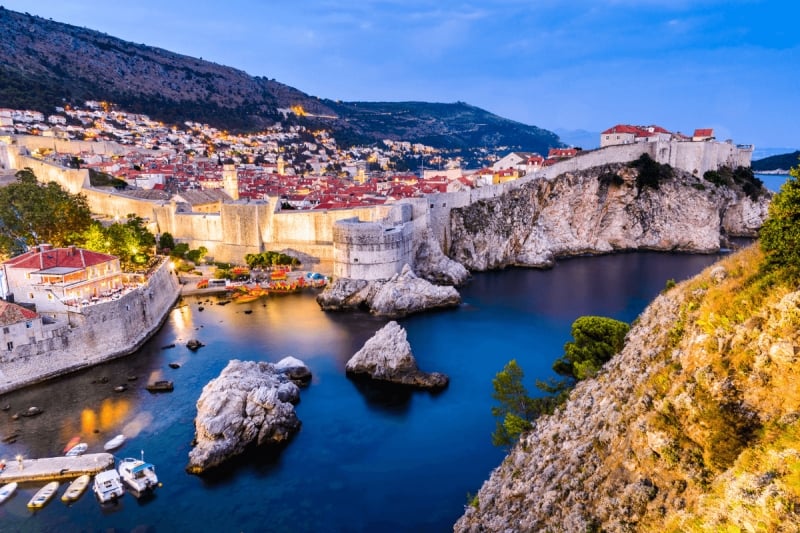
Image credit: emicristea via Canva Pro
Croatia is one of the wonders the Balkans region has got to offer. Imagine the coastal beauty and unique architecture. In fact, it’s one of the youngest countries in the world!
After the defeat of Austria-Hungary in 1918, Croatia joined the other south Slavic territories of Serbia and Slovenia to form Yugoslavia. In World War II, the Germans and Italians formed an independent Croatian state that embraced Croatia-Slavonia. It became a part of Dalmatia and Bosnia and Herzegovina. After the war, Croatia was reformed into a communist republic under Yugoslavia.
On 26 June 1991, Croatia declared independence. This led to an uprising by the Serbs and the Yugoslav army. By 1995, it gained back control of most Serb-occupied regions. Finally, in 2002, Croatia had full control of its territory.
Top things to do in Croatia:
- Take a tour of the fortresses at the Old Town in Dubrovnik
- Walk along the beaches and dine in at the seafood restaurants in Hvar
- Go on a boat ride through the lakes in Plitvice Lakes National Park
- Drop by the Museum of Broken Relationships in the Gornji Grad district of Zagreb
- Sail around Kornati National Park
- Try windsurfing at Zlatni Rat Beach
Also read: How I Lived My Game of Thrones Fandom in Croatia
2. Eritrea
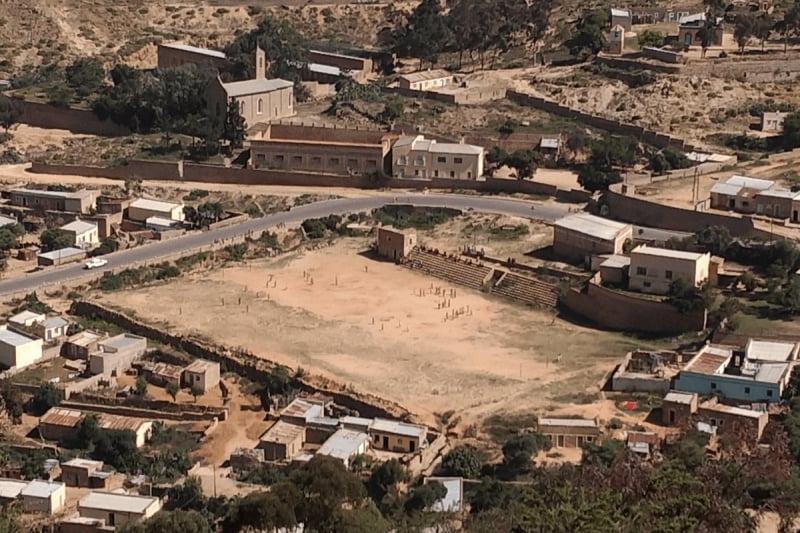
Image credit: David Hutter via Canva Pro
If you’re the type of traveller that loves cultural immersions, come to Eritrea for the colonial architecture. Though small, their roots run back various centuries.
Eritrea in East Africa was always linked to Ethiopia’s beginnings, until it fell under the rule of the Ottoman Empire during the 16th century. For the next two centuries, many regions fought over territorial control: Ethiopia, the Ottomans, the kingdom of Tigray, Egypt, and Italy. In 1896, Eritrea was a primary military base for the Italians when they set out to conquer Ethiopia.
By 1936, it became part of Italian East Africa. Eritrea’s capture by the British followed in 1941, and in 1962, it became an Ethiopian province. For 30 years, Eritrean secessionist groups waged war against colonisers. In 1991, Ethiopia’s government was overthrown by a short-term Eritrean government. Independence finally arrived on 24 May 1993.
A new constitution was written up in 1997, however, it was never implemented. There was a border war from 1998 to 2000, and the disputes still persist into the 21st century.
Top things to do in Eritrea:
- Go to Asmara for a taste of Italian Eritrea
- Sunbathe along the coasts of Massawa and visit Madote Island
- Experience an Eritrean coffee ceremony
- Shop at Monday Market in Keren, Eritrea
3. Slovakia
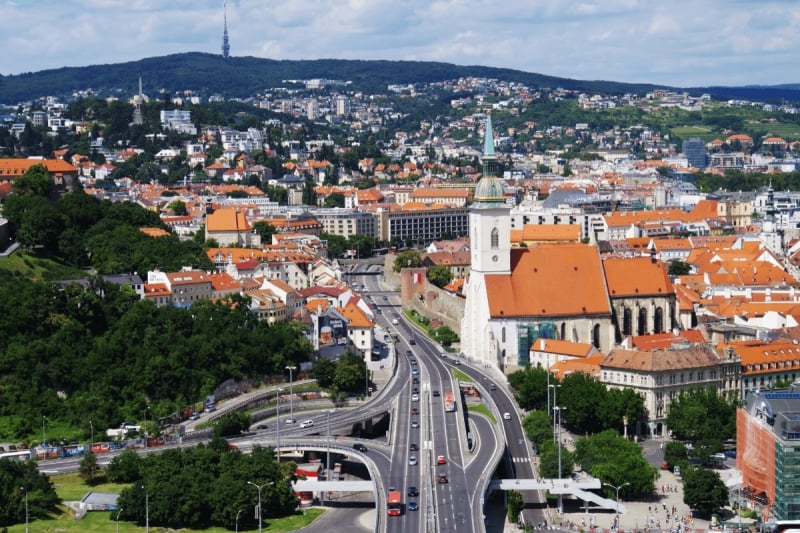
Image credit: Ajale via Canva Pro
For all the castles it has, Slovakia could be a fairytale setting in disguise. You may know the country for its unforgettable landscape sceneries, and the preservation of folk architecture. But do you know its history?
In the first centuries (CE), Slovakia consisted of Illyrian, Celtic, and Germanic tribes. In the 6th century, the Slovaks settled there, and by the 10th century, a major part was conquered by the Magyars (from what is now Hungary). They remained part of the kingdom of Hungary until the end of World War I, when Slovakia joined the Czechs to form Czechoslovakia.
During the Second World War, Slovakia was under Germany’s protection. When the Germans left, it joined a reformed Czechoslovakia, which eventually became Soviet-dominated by 1948. In 1989, there was a fall in the communist regime, and Slovakia gained its independence on 1 Jan 1993.
Top things to do in Slovakia:
- Visit the remains of Spiš Castle
- Stop by the town of Banska Stiavnica
- Enter the Dobšinská Ice Cave
- Admire the folk village’s architecture of Vlkolínec in the Liptov region
- Hike the trails at the High Tatras
- Visit Bratislava, Europe’s youngest capital city
Also read: 14 Must-See Attractions in Bratislava, Slovakia
4. The Czech Republic
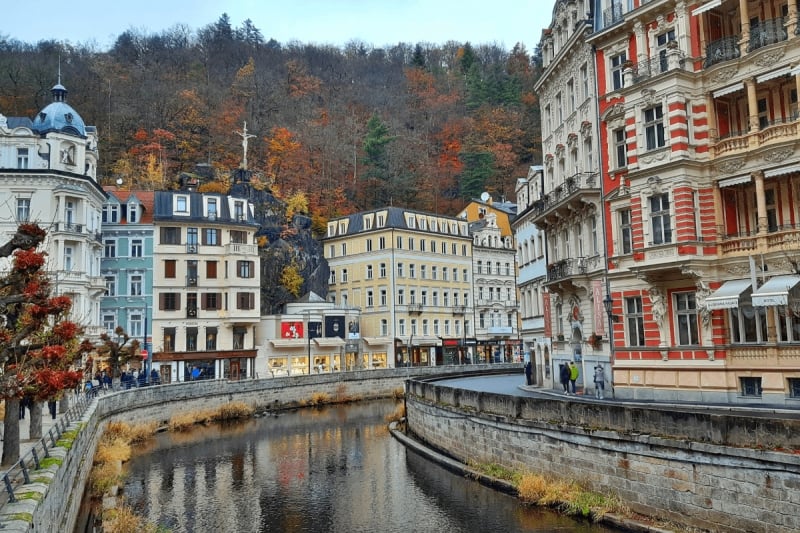
Image credit: Nader Sahli via Canva Pro
The Czech Republic is home to Prague, a travel destination you may recognise. But did you know it used to be half of a political territory?
The Czech Republic was the other half of Czechoslovakia before the breakup of its federated state. Up to 1918, the Czech Republic was dominated by the Kingdom of Bohemia. In the wake of Czechoslovakia’s birth, the Czechs joined Moravia and Bohemia with Slovakia. Like Slovakia, the republic was under Soviet rule after 1948.
In 1992, after the Slovaks expressed interest to separate from the Czechs, they agreed to break up the federated state. On 13 Dec 1992, Czechoslovakia was dissolved, replaced by the Czech Republic and Slovakia. The region of Moravia remained in the former.
Top things to do in the Czech Republic:
- Watch the Astronomical Clock strike an hour at the Old Town Square, Prague
- Visit the Infant of Jesus of Prague in the Malá Strana neighbourhood
- Stroll through Charles Bridge
- Visit Prague Castle before midday to witness the changing of the guard
- Get a ticket to a puppet show at the National Marionette Theatre
- Hunt for Sigmund Freud hanging from a metal beam above the ground in Stare Mesto
Also read: 10 Things to Do in the Czech Republic on Your First Visit
5. Palau
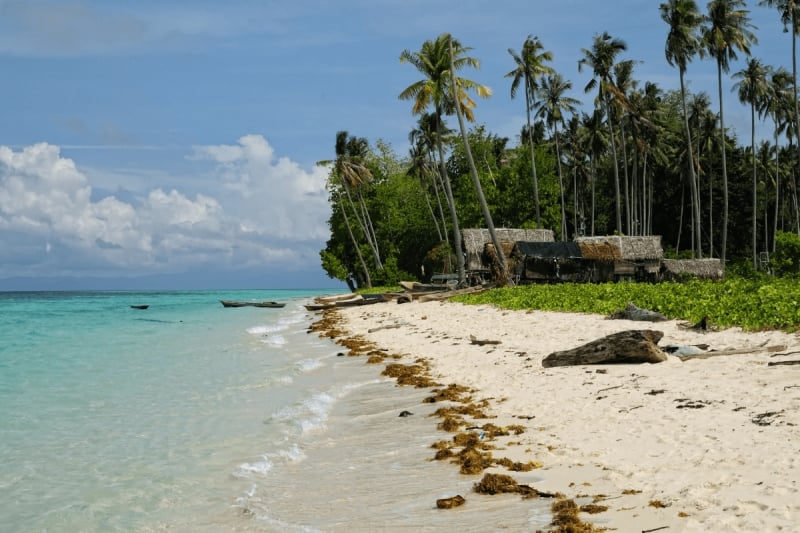
Image credit: Maciej Rutkowski via Canva Pro
Palau is a travel destination you cannot miss in your lifetime. The archipelago is home to timeless island ecosystems and pristine diving sites. But there is more than what meets the eye in terms of its history.
In 1547, Spain invaded the Palauan islands, making Palau a part of the Spanish East Indies. When Spain was defeated during the Spanish-American War in 1898, Palau was sold to Germany.
During the First World War, Japan seized control of the islands and the League of Nations made Palau a part of the Japanese-ruled South Seas Mandate. In 1947 after the Second World War, Palau fell under the control of the United States of America alongside other Pacific Island nations. By 1 Oct 1994, Palau became a sovereign state.
Top things to do in Palau:
- Go skydiving at The Blue Corner Wall
- Kayak your way through a tour of the Rock Islands
- Snorkel with stingless jellyfish in Jellyfish Lake
- Visit the incredible Ngardmau Falls
- Stop by Etpison Museum to learn more about Palauan culture
- Revisit the remnants of World War II on Peleliu Island
6. Kosovo
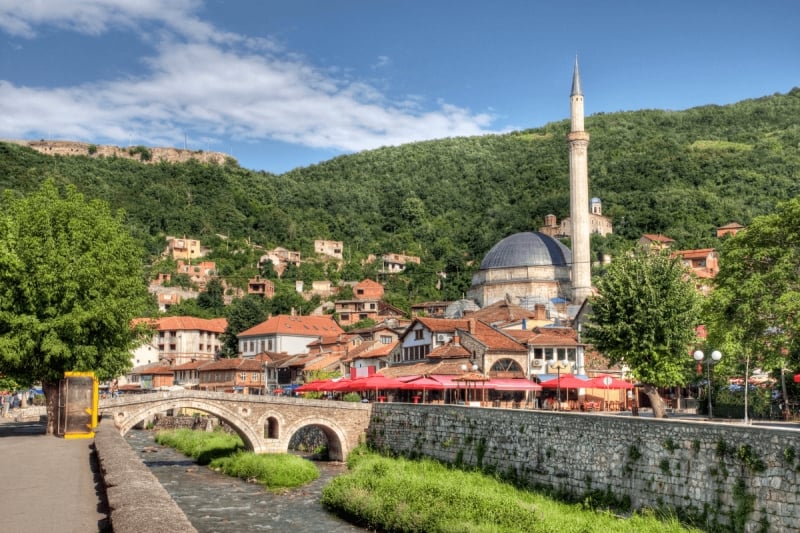
Image credit: DaveLongMedia via Canva Pro
Kosovo is another underrated European landmark that you should add to your travel list. It also happens to be one of the youngest countries in the world, let alone Europe’s second youngest country.
Centuries ago, Kosovo was once ruled by various empires. This included the Roman Empire, the Byzantine Empire, and the Serbian Empire. When Serbia gained independence from the Ottoman Empire, it regained control of Kosovo in 1912. However, in 1918, Serbia lost control of the country. In the same year, Kosovo was left to join Yugoslavia, since there was a divided occupation between Bulgaria and Austria-Hungary.
Kosovo remained a part of Yugoslavia until 1989 when Serbia took control of the government. During the late 1990s, a rebellion and NATO air strikes caused the withdrawal of Yugoslav and Serbian air forces. The United Nations administered the region at the start of 1999. On 17 Feb 2008, Kosovo gained independence from Serbia.
Top things to do in Kosovo:
- Go skiing at the Bjeshkët e Sharrit Mountains
- Explore the heart of Kosovo in the town of Prizen
- Visit The Peć Patriarchate Monastery at the entrance of Rugova Canyon
- Explore the cave interiors of The Marble Cave
Also read: Kosovo: The Undiscovered Muslim-Friendly Country in Europe
7. Montenegro
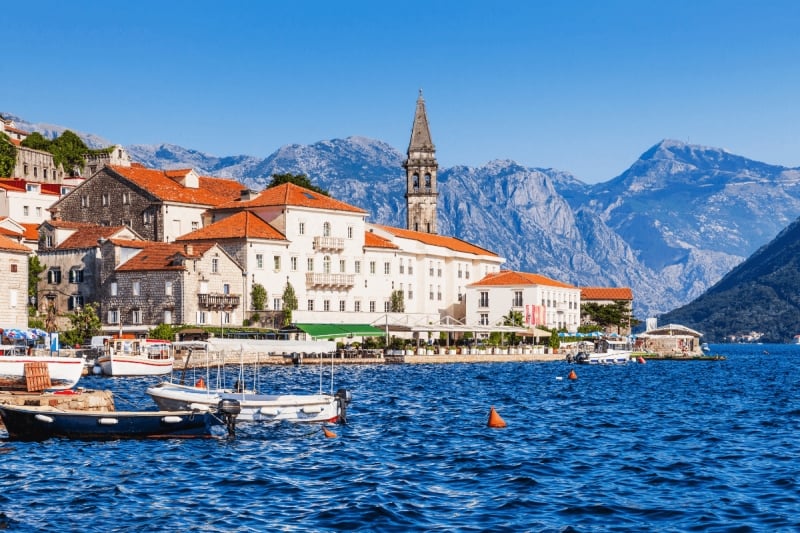
Image credit: sorincolac via Canva Pro
For adventurous travellers and outdoor enthusiasts, Montenegro would undoubtedly be perfect for you. The country has lush green highlands, sapphire views of the Adriatic Sea, and walled cities. Here’s more about one of the youngest countries in the world:
In the 20th century, Montenegro was a part of the historic Yugoslavia territory. Like Kosovo, it cut ties with Serbia in order to gain status as a sovereign state. Since the dissolution of Yugoslavia in the 1990s, Montenegro formed a federation with Serbia. However, by 1992, relations between the two territories began to chip. Montenegrins were not happy for many reasons, including unequal access to administrative power. On 21 May 2006, Montenegro’s federation with Serbia was dissolved.
Top things to do in Montenegro:
- Party and live your life in Budva
- Visit the mausoleum of Petar II Petrović Njegoš in Lovcen National Park
- Admire the mirrored waters of Black Lake in Durmitor National Park
- Go water rafting at Europe’s deepest canyons of Tara River Canyon
- Visit Ostrog Monastery, which is carved onto a vertical mountain cliff
Also read: Europe by Rail: 10 Scenic Train Rides You Should Take
8. Serbia
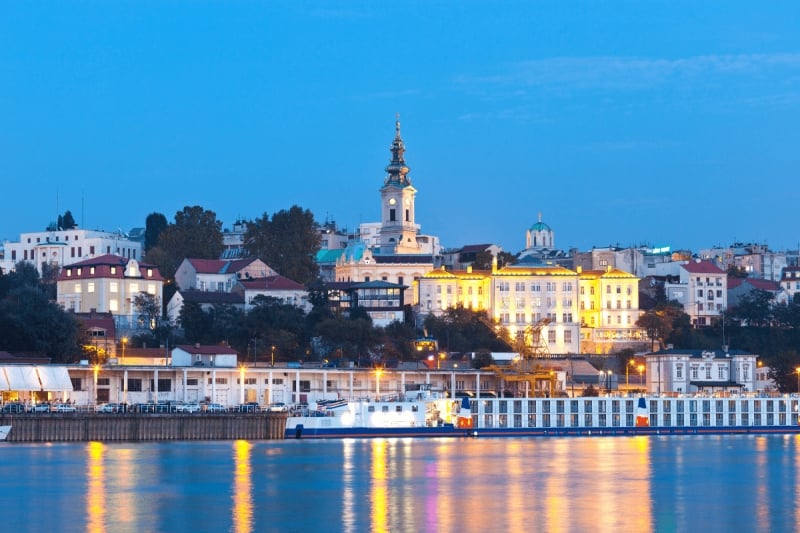
Image credit: traveler1116 via Canva Pro
Serbia is a wonder to behold. Besides its gastronomic attractions, travellers should stay for its friendly, laid-back people, and memorable nightlife experiences. The Danube river runs through Serbia, and it’s just as important as the country’s national history.
Since 1389, Serbia was under Ottoman rule, but it fully gained independence from the empire by 1878. In 1946, Serbia was one of the federated republics of Yugoslavia, but during the Yugoslav economic downfall in the 80s, it began to fall apart. In 1992, Serbia and Montenegro joined to form their own version of Yugoslavia. The Kosovo conflict of 1998 led to a rise in violence, and when NATO interfered, a peace accord was drawn up by June 1999.
In 2000, there was a change in the Yugoslav government, and three years later, Montenegro threatened to declare independence. Nevertheless, Serbia and Montenegro remained two constituent states. Finally, in 2006, Serbia and Montenegro disbanded. Today, Serbia is formally recognised as an independent country.
Top things to do in Serbia:
- Admire the architecture of the Church of St. Sava in Kalemegdan
- Take a picture of the House on the Drina in the middle of the Drina river
- Visit the Subotica City Hall for a taste of Art Noveau architecture
- Fall in love with the incredible views in Đerdap Gorge
- Visit Serbia’s great collection of fortresses, including the Golubac Fortress
- Pay your respects at the five-finger memorial, Kosmaj
Also read: 20 Budget Destinations in Europe You Should Visit
9. South Sudan
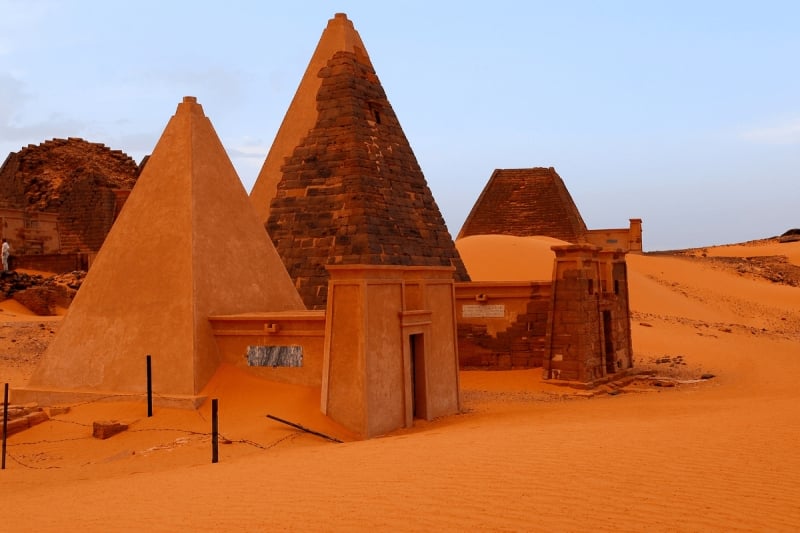
Image credit: onairda via Canva Pro
South Sudan is a country in North Africa, and it’s one of the youngest countries in the world. By the end of the 19th century, both the northern and southern regions of Sudan were under British rule.
Prior to its independence, a civil war was started in 1955. Fighting did stop in 1972 with the Addis Ababa Agreement, but in 1983, it resumed. The war continued until 2005, the same year when the Comprehensive Peace Agreement was signed. The strained peace between the regions allowed a promise of a referendum on independence to take place in six years. South Sudan was declared a country on 9 Jul 2011.
Top things to do in South Sudan:
- Experience the world’s second-largest mammal migration in Boma National Park
- Get up close and personal with elephants in Kidepo Game Reserve
- Come to the town of Bor to witness traditional Sudanese wrestling matches
- Savour the incredible views of the Sudd wetlands in Ez Zeraf Game Reserve
- Go on an animal safari in Nimule National Park
10. Timor-Leste
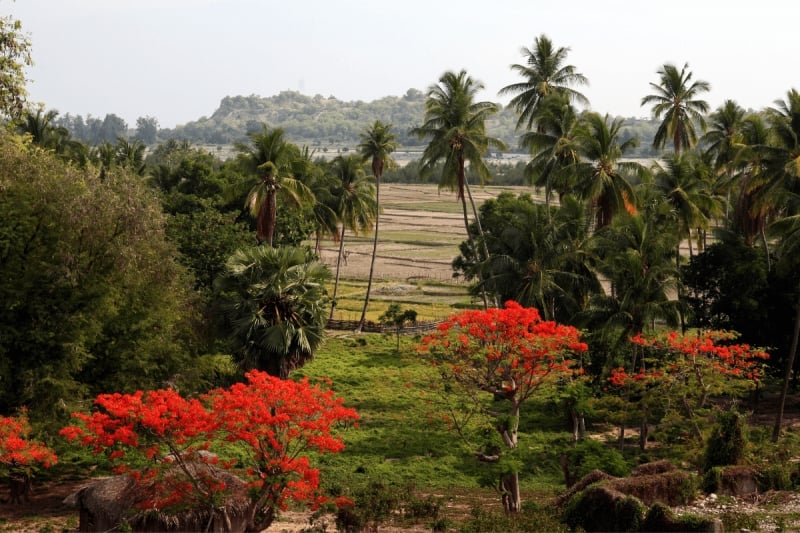
Image credit: urf via Canva Pro
The Republic of Timor-Leste is another paradise for those who want a coastal getaway. They’ve got white-sand beaches, rich blue seas, and mountain views for miles. But did you know it’s one of the world’s youngest countries?
Timor-Leste used to be known as East Timor. It was occupied first by the Spanish and the Portuguese during the 15th century. In 1613, the Dutch took the western regions. By 1812, the British were in control and they governed the island. However, in 1860 and again in 1893, the Dutch and the Portuguese fought over the eastern half of the island. During World War II, the Japanese occupied East Timor. Until 1975, East Timor was under Portuguese rule. But a year later in 1976, Indonesia invaded the area, thus declaring the island to be a part of their nation.
For the next two decades, East Timor remained under Indonesian control. Many died as a result of the occupation and annexation, as well as famine and disease. Facing international pressure, the Indonesian government approved a referendum on 30 Aug 1999. Timor-Leste only gained formal independence in 2002.
Top things to do in Timor-Leste:
- Buy locally-crafted souvenirs at Tais Market
- Visit Motael Church
- Visit Southeast Asia’s second-largest cathedral, Dili Cathedral
- Learn the island’s history at the Archives & Museum of East Timorese Resistance
- Pay your respects to the war victims at the Chega! Exhibition and the Santa Cruz Cemetery
- Swim in the waters at Dolok Oan Beach
Also read: 13 Historical Facts About Asian Countries You Didn’t Know About
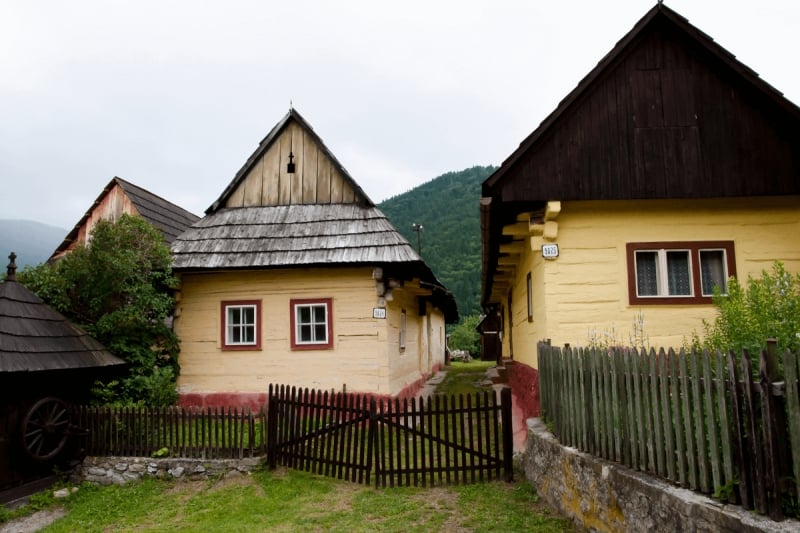
Image credit: Adrian Wojcik via Canva Pro
No matter how small these countries are, their roots remain enriched with history and culture. These countries are incredible in their own ways, and it’s best to get to know their backstories before exploring them.
Featured image credit: Daniel Frank via Canva Pro




